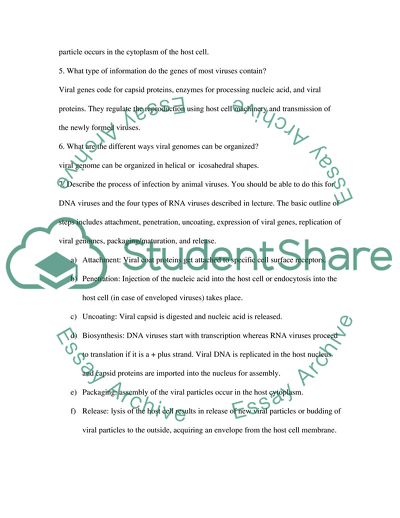Cite this document
(Essential Questions For Viruses Assignment Example | Topics and Well Written Essays - 4228 words, n.d.)
Essential Questions For Viruses Assignment Example | Topics and Well Written Essays - 4228 words. Retrieved from https://studentshare.org/biology/1707033-microbiology-review-questions
Essential Questions For Viruses Assignment Example | Topics and Well Written Essays - 4228 words. Retrieved from https://studentshare.org/biology/1707033-microbiology-review-questions
(Essential Questions For Viruses Assignment Example | Topics and Well Written Essays - 4228 Words)
Essential Questions For Viruses Assignment Example | Topics and Well Written Essays - 4228 Words. https://studentshare.org/biology/1707033-microbiology-review-questions.
Essential Questions For Viruses Assignment Example | Topics and Well Written Essays - 4228 Words. https://studentshare.org/biology/1707033-microbiology-review-questions.
“Essential Questions For Viruses Assignment Example | Topics and Well Written Essays - 4228 Words”, n.d. https://studentshare.org/biology/1707033-microbiology-review-questions.


